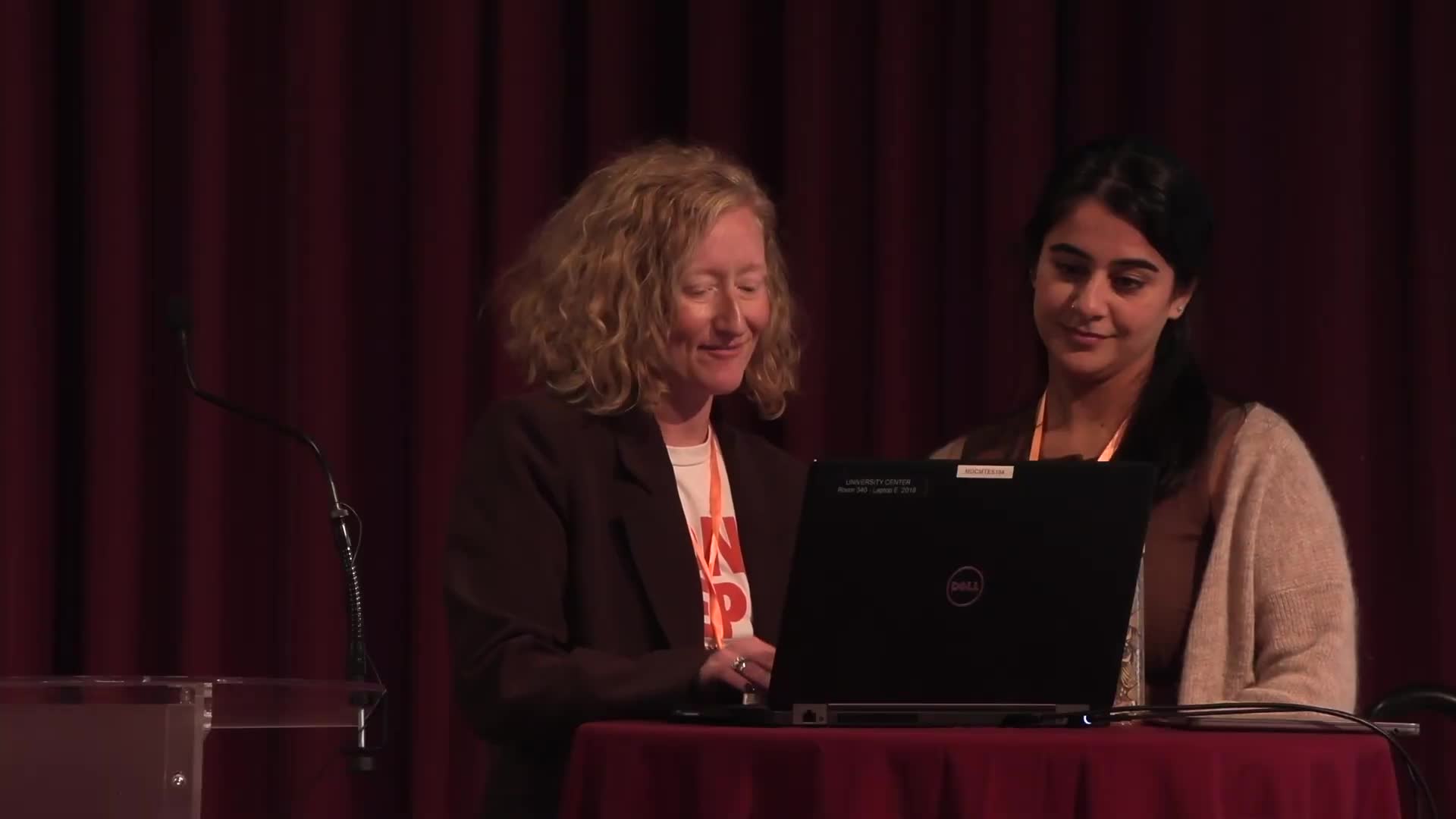Study: community land trusts can strengthen disaster resilience but face insurance, funding and regulatory barriers
October 31, 2025 | Missoula, Missoula County, Montana
This article was created by AI summarizing key points discussed. AI makes mistakes, so for full details and context, please refer to the video of the full meeting. Please report any errors so we can fix them. Report an error »

Amber Khan, a disaster scholar at the University of Washington's Center for Disaster Resilient Communities, presented findings from an international study of community land trusts and their role in climate and disaster resilience. Khan said she conducted 23 interviews with CLTs and CLT‑like organizations across North America, Europe, Australia, India and Brazil to identify best practices, barriers and enabling features.
Major findings: Khan reported five overlapping ways CLTs support resilience:
1) Permanent protection and affordability: By keeping land off the speculative market with long‑term ground leases, CLTs preserve affordability and prevent displacement after shocks.
2) Social capital and governance: CLT governance and resident engagement build community ties that are strong predictors of preparedness and recovery.
3) Flexible, place‑based planning: CLTs can tailor investments to local mitigation and adaptation priorities (energy efficiency, defensible spaces, water harvesting, food sovereignty).
4) Policy and advocacy: CLTs can influence local tax, insurance and building code policies to reduce displacement risks and promote resilient building practices.
5) Land stewardship and cultural practices: Indigenous and community‑led CLTs emphasized rematriation, restoration and culturally relevant land care as resilience strategies.
Common barriers: Interviewees repeatedly cited high and variable insurance costs in hazard‑prone areas, lack of long‑term sustainable acquisition funding, and regulatory and permitting delays that slow construction of resilient housing. Khan said indigenous‑centered CLTs face additional challenges when funders or authorities fail to support long‑term rematriation work.
Research scope: Khan named interview participants that included Lahaina CLT, Kipuka Kuleana (Kauai), Methow Valley/Headwaters region groups, El Sereno and El Sereno CLT colleagues in Los Angeles, several Canadian rural and Indigenous CLTs, Favela CLT (Brazil), Mahila Housing Trust (India), and other international examples. She described shared practices in green building, local food and energy strategies, and mutual learning networks as primary opportunities for scaling resilience practices.
Why it matters: The study frames CLTs not only as housing tools but as adaptable, place‑based institutions that can combine housing affordability with disaster preparedness, ecological stewardship and culturally grounded land management. Khan said the full report and supporting materials will be published through the International Center for CLTs.
Speaker quoted (first reference with title): Amber Khan, disaster scholar, Center for Disaster Resilient Communities (University of Washington): "CLTs inherently build social capital... knowing your neighbor is the number one predictor of better preparedness, response and recovery."
Major findings: Khan reported five overlapping ways CLTs support resilience:
1) Permanent protection and affordability: By keeping land off the speculative market with long‑term ground leases, CLTs preserve affordability and prevent displacement after shocks.
2) Social capital and governance: CLT governance and resident engagement build community ties that are strong predictors of preparedness and recovery.
3) Flexible, place‑based planning: CLTs can tailor investments to local mitigation and adaptation priorities (energy efficiency, defensible spaces, water harvesting, food sovereignty).
4) Policy and advocacy: CLTs can influence local tax, insurance and building code policies to reduce displacement risks and promote resilient building practices.
5) Land stewardship and cultural practices: Indigenous and community‑led CLTs emphasized rematriation, restoration and culturally relevant land care as resilience strategies.
Common barriers: Interviewees repeatedly cited high and variable insurance costs in hazard‑prone areas, lack of long‑term sustainable acquisition funding, and regulatory and permitting delays that slow construction of resilient housing. Khan said indigenous‑centered CLTs face additional challenges when funders or authorities fail to support long‑term rematriation work.
Research scope: Khan named interview participants that included Lahaina CLT, Kipuka Kuleana (Kauai), Methow Valley/Headwaters region groups, El Sereno and El Sereno CLT colleagues in Los Angeles, several Canadian rural and Indigenous CLTs, Favela CLT (Brazil), Mahila Housing Trust (India), and other international examples. She described shared practices in green building, local food and energy strategies, and mutual learning networks as primary opportunities for scaling resilience practices.
Why it matters: The study frames CLTs not only as housing tools but as adaptable, place‑based institutions that can combine housing affordability with disaster preparedness, ecological stewardship and culturally grounded land management. Khan said the full report and supporting materials will be published through the International Center for CLTs.
Speaker quoted (first reference with title): Amber Khan, disaster scholar, Center for Disaster Resilient Communities (University of Washington): "CLTs inherently build social capital... knowing your neighbor is the number one predictor of better preparedness, response and recovery."
View full meeting
This article is based on a recent meeting—watch the full video and explore the complete transcript for deeper insights into the discussion.
View full meeting
